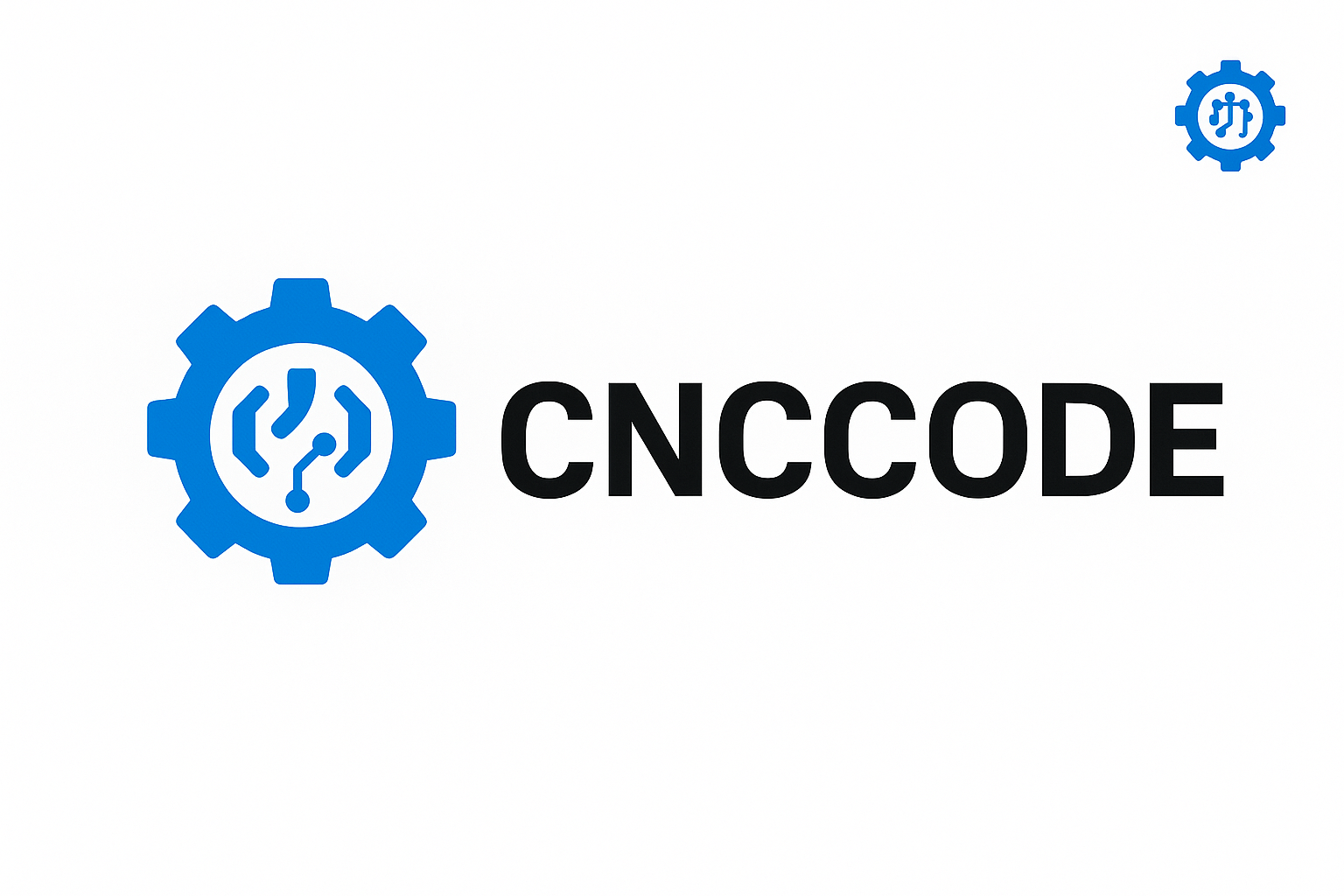Learn everything about G-Code programming in CNC — commands, optimizations, mistakes to avoid, and real-world applications. The only guide you’ll need to dominate CNC automation.
🔍 Introduction
G-Code is the universal language of CNC — and understanding it deeply can make or break your machining success. While most operators rely on CAM software, true professionals know that G-Code mastery unlocks superior precision, efficiency, and problem-solving power.
This guide takes you from zero to expert, breaking down G-Code logic, command sets, optimization strategies, and real-world uses.
🔹 1. What is G-Code?
G-Code is the instruction set used to control CNC machines. Each line (or block) tells the machine to move, cut, change tools, or perform operations.
Sample:
Set units to millimeters
G90 ; Absolute positioning
G1 X50 Y25 F500 ; Linear move to (50,25) at 500mm/min
M3 S12000 ; Spindle ON at 12,000 RPM
🔹 2. Essential G and M Commands
| Code | Function |
|---|---|
G00 | Rapid positioning |
G01 | Linear interpolation |
G02 | Clockwise arc |
G03 | Counterclockwise arc |
G28 | Return to home |
G90/G91 | Absolute/Incremental mode |
M03 | Spindle ON (CW) |
M05 | Spindle OFF |
M06 | Tool change |
M30 | End of program |
🔹 3. Absolute vs. Incremental
G90Absolute: Positions are based on origin (0,0).G91Incremental: Moves relative to current position.
💡 Tip: Always comment your mode in code headers to avoid confusion.
🔹 4. G-Code Optimization Tips
🔧 Shorten Cycle Time
- Use
G00for rapid movements between cuts. - Combine multiple moves into one line where safe.
- Eliminate redundant commands (e.g., repeating G01).
🔧 Minimize Tool Wear
- Optimize
S(RPM) andF(feed) based on tool material. - Use proper entry angles — avoid plunging directly into material.
🔧 Safety First
- Always end with
M05,M09,G28. - Use
G53for safe retraction without affecting local offsets.
🔹 5. G-Code Macros and Variables
Advanced users automate operations using:
- Variables:
#100 = 25,X[#100] - Conditionals:
IF [#100 GT 50] THEN... - Loops:
WHILE [#101 LT 10] DO1...END1
This allows dynamic control, repeated structures, and smart part programming.
🔹 6. Common G-Code Mistakes
| Mistake | Problem | Solution |
|---|---|---|
Forgetting G90/G91 | Unpredictable moves | Always declare positioning mode |
Wrong units (G20/G21) | Scaled parts | Set units clearly |
| Overwriting offsets | Misalignment | Use G54–G59 carefully |
| Lack of comments | Confusion | Use ; for inline documentation |
🔹 7. Manual G-Code vs. CAM Output
Manual G-Code:
✅ Full control
✅ Custom logic
❌ Time-consuming
❌ Error-prone if not careful
CAM Output:
✅ Fast
✅ Visual
❌ May include redundant code
❌ Hard to optimize without editing
💡 Use hybrid: generate with CAM, then optimize manually.
🔹 8. Real-World Application Scenarios
- Mass production: Use subprograms (
M98,M99) for repetition. - Fixtures: Store offsets in
G54–G59for multi-part machining. - Custom engraving: Hand-write text paths using arcs and lines.
🔹 9. G-Code Simulators and Editors
Before running code, test with:
- NC Viewer
- CAMotics
- CNC Simulator Pro
- Fusion 360’s Built-in Simulator
🔹 10. Future of G-Code (2025+)
- Post-processor AI: CAMs get smarter at code generation.
- Cloud-based simulation: Validate G-Code remotely.
- Inline AI corrections: Suggest safer toolpaths dynamically.
📘 Final Thoughts
Learning G-Code is the best investment you can make as a CNC machinist. It separates operators from true professionals.
- Practice daily.
- Read existing code.
- Simulate constantly.
- Join expert communities like cnccode.com.

Leave a comment